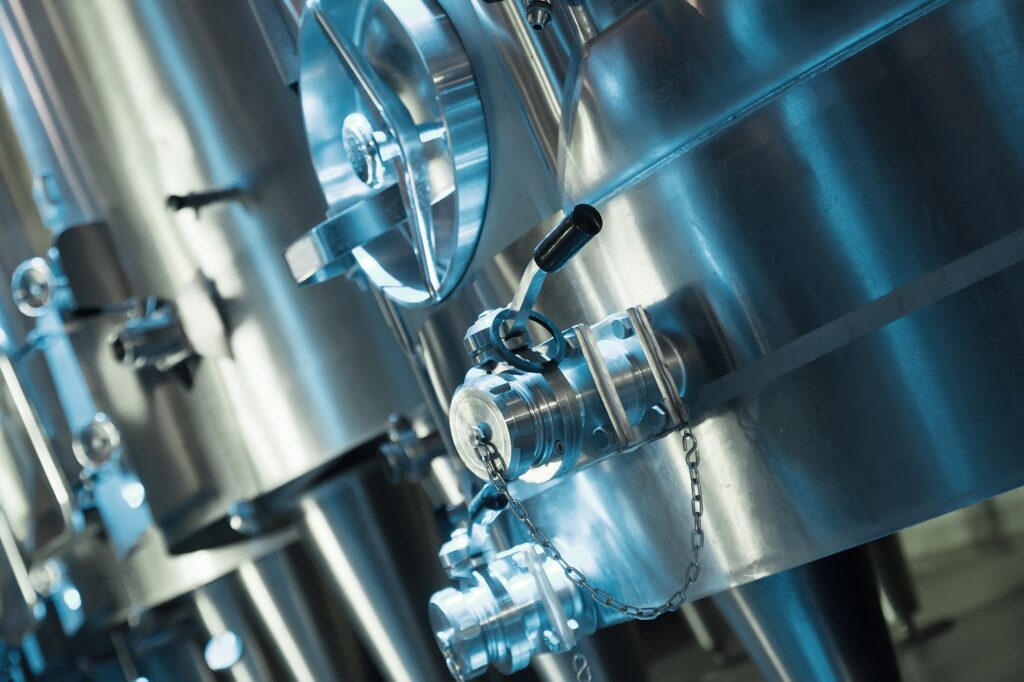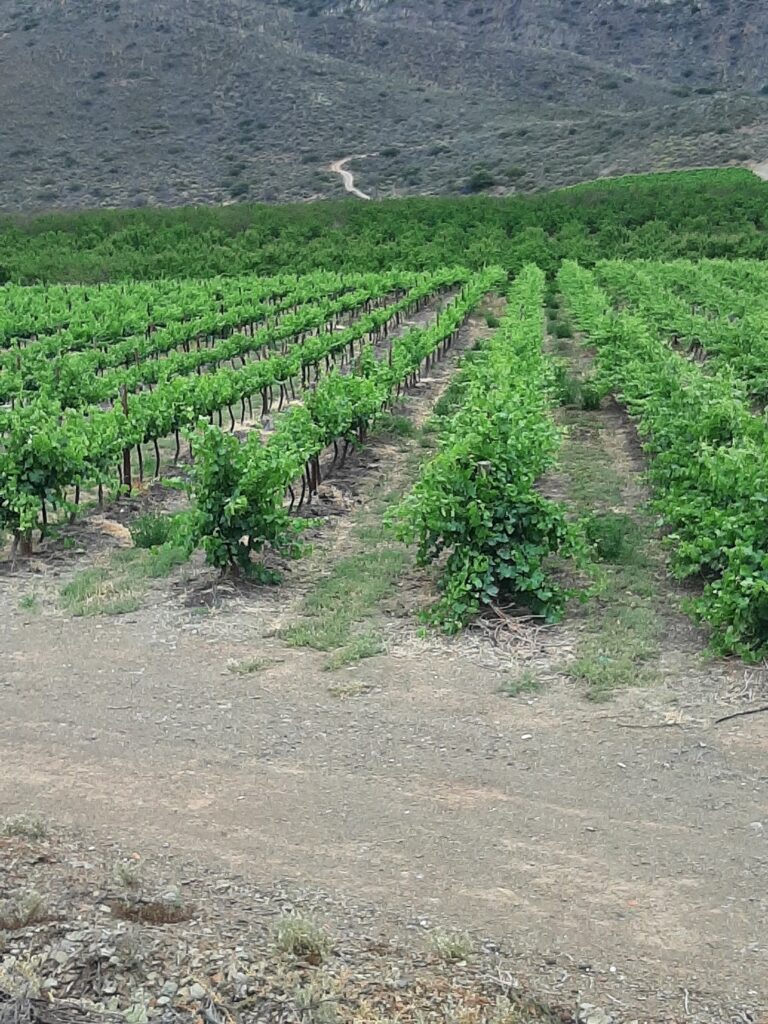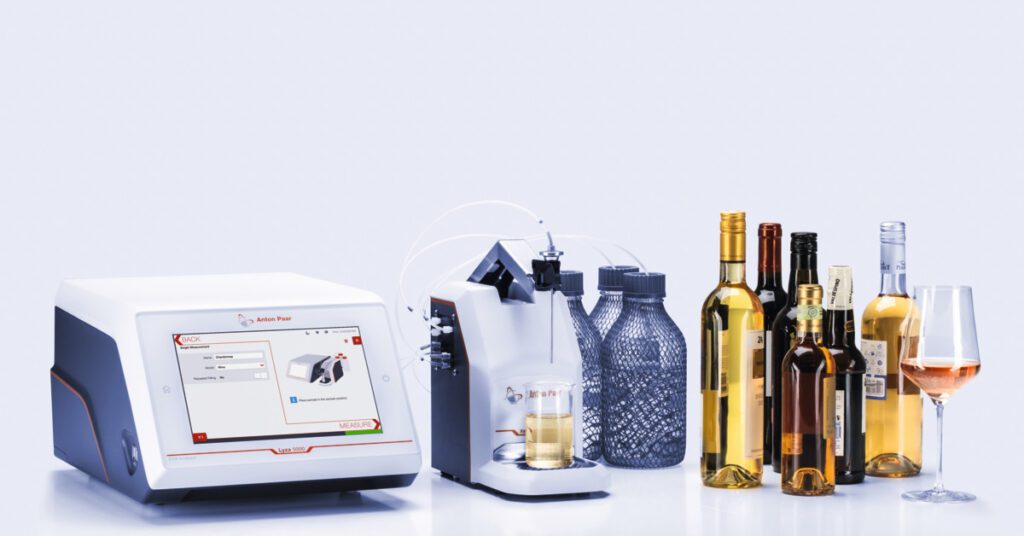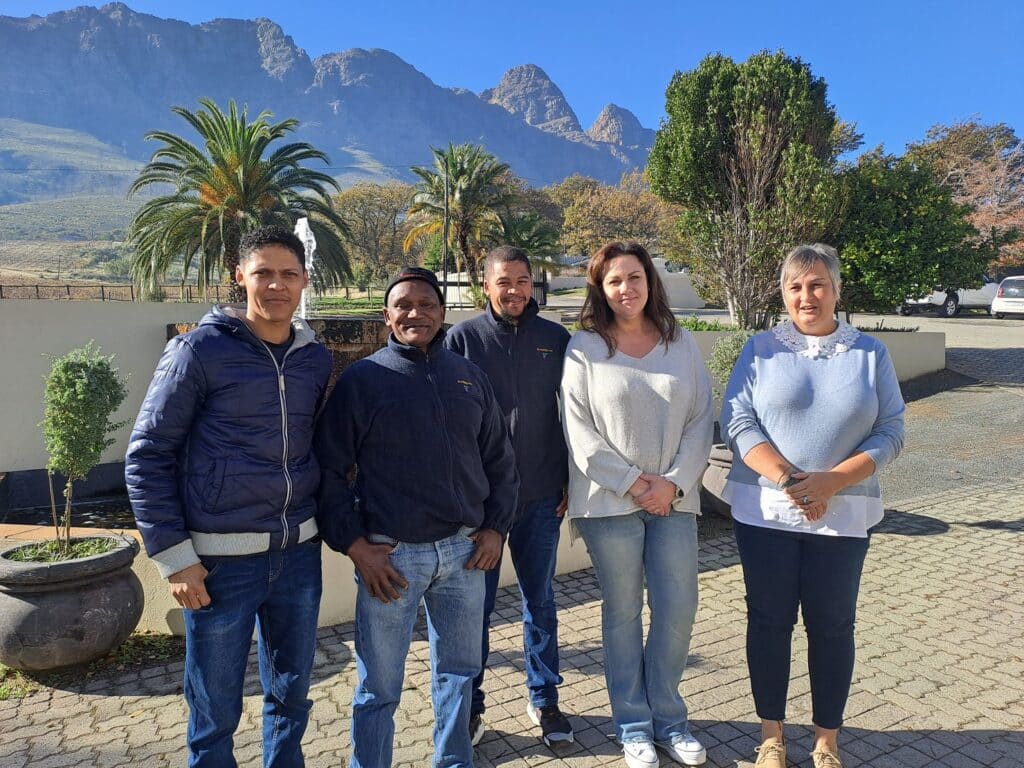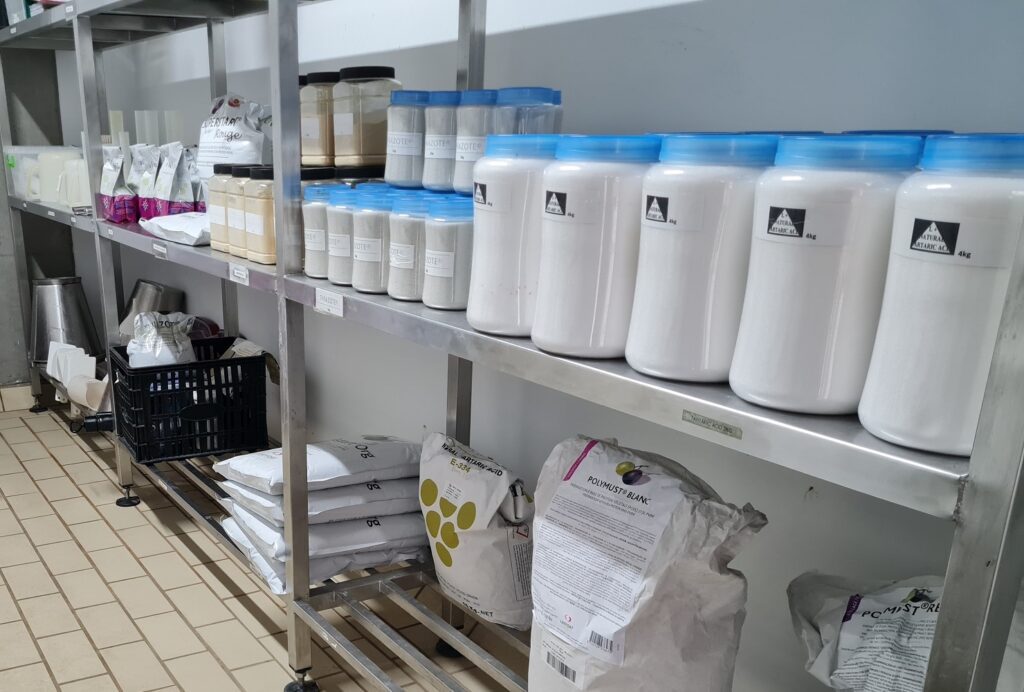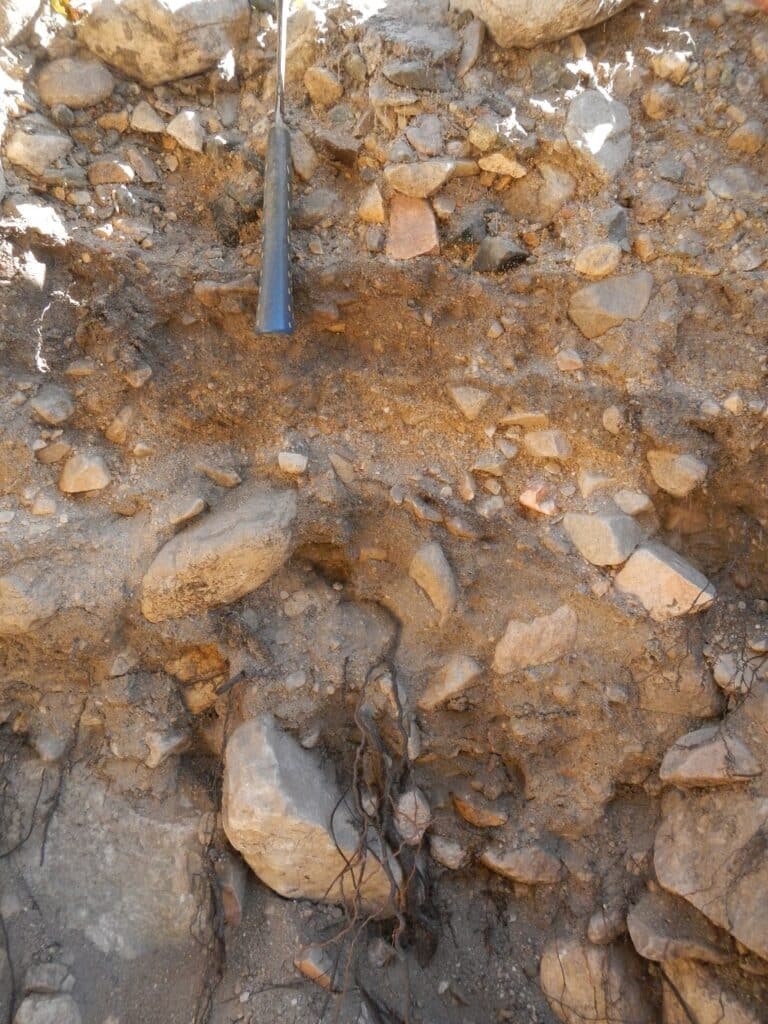Read Technical
More results...
Impact of GHS on evaluation of IPW spray programmes
The Globally Harmonized System of Classification and Labelling of Chemicals (GHS) was developed by the United Nations as an international system to convey the dangers and risks of chemicals in a standardised way.
Tips to avoid the most common cellar mistakes (Part 1)
Winemakers in the industry were consulted to point out the most common mistakes that can occur in and around cellars. Here are a few guidelines to avoid some of these problems.
The vine’s reserve bank
Carbohydrate reserves in the grapevine play a critical role in various physiological processes. It affects the vine’s overall health, development, growth and ultimate yield.
Raise Your Glass to Precision with Anton Paar’s Lyza 5000 Wine
The novel multi-parameter FTIR analyzer Lyza 5000 Wine is your solution for the analysis of wine, must and must in fermentation.
Vine and wine innovation watch: The use of carrageenan in calcium tartrate and protein stabilisation of wines
Research is focused on discovering new potential stabilisers that can reduce the likelihood of calcium tartrate precipitation.
Biocontrol in viticulture
Various strategies have been and are still being explored to manage diseases effectively in viticulture. But what do we know about biocontrol, and why is it important for viticulture?
Cellar Assistants’ Programme makes a difference in knowledge transfer
Feedback from cellars confirmed a need for developing practical, general knowledge of cellar assistants, which will add value to careers. The 2024 Cellar Assistants’ Programme aims to address this need and to contribute to knowledge transfer practically and holistically.
Mechanical pruning in the Orange River – a viable alternative
Mechanical harvesting has become well-established in the Orange River region over the past decade and this has also presented the opportunity to apply mechanical pruning. The correct application of this practice is important to achieve satisfactory long-term results.
In-field fractional use of winery wastewater with raw water (Part 4): Grapevine and wine responses
The objective of this study was to determine the effect of irrigation with in-field fractional use of winery wastewater with raw water on grapevine growth, yield and wine characteristics.
Organise your store
This article provides the main guidelines for the orderly management of a cellar chemical store.
Suitable rootstock for soil and wine goal
The choice of rootstock is an important decision which can determine the success of your newly planted vineyard. The rootstock characteristics of nine rootstocks in the wine industry will be discussed in this article.
The grapevine collection at ARC Infruitec-Nietvoorbij
The history of a public grapevine cultivar collection can be traced back to Prof. A.I. Perold, the well-known “father” of Pinotage, who wore many different hats during his career as one of the pioneers in modernising the South African grape industry.

